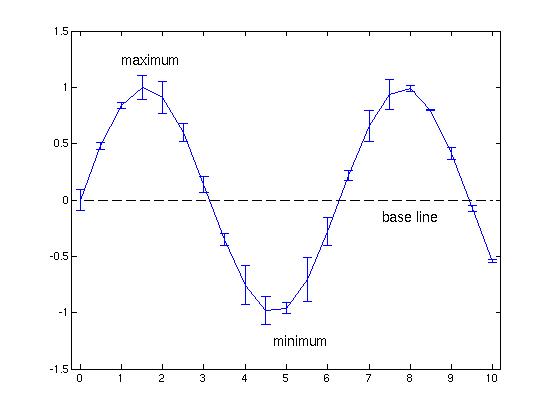
ġ0^9 long ints is about 4GB of memory… So you must have 1) a 64-bit system to be able to do this and 2) enough virtual + physical memory to hold this data.

For example, if A is a 3-by-4 matrix, then size(A) returns the vector. sz = size( A ) returns a row vector whose elements are the lengths of the corresponding dimensions of A. How do you find the size of an array in MATLAB?ĭescription. What is the largest number MATLAB can handle?į = realmax returns the largest finite floating-point number in IEEE® double precision. Datastores enable you to work with large data sets in small blocks that individually fit in memory, instead of loading the entire data set into memory at once. Tall arrays are used to work with out-of-memory data that is backed by a datastore.

The size is calculated as (number of elements) * (size of each element in bytes). Reduce the array size to 65,536 bytes or less. The maximum allowable array size is 65,536 bytes (64K). On a 32-bit system, the maximum amount of memory that can be addressed by a pointer is 2^32 bytes which is 4 gigabytes. The maximum size of an array is determined by the amount of memory that a program can access. What limits the maximum size of an array? Ensure that the Maximum possible array size is larger than the memory required by the data. Then execute ‘memory’ command in the Command Window and send the output. I don't really know if that will help, but it's an idea.Accepted Answer Go to MATLAB > Preferences > Workspace and ensure the Maximum array size limit is set to 100%. (NB: overall that's more memory, but fragmentation wouldn't be so problematic). Then all the elements of the cells could be stored wherever, each needing only 10K of contiguous space. So if each row of your array was a cell, you'd need space for a 25920-by-1 cell array, which I think would be about 1.5Mb of contiguous space. IANA developer, so don't take this as gospel, but I do know that cell arrays have some memory overhead, but they effectively act like an array of pointers to other memory locations. If the issue is, for whatever reason, the maximum single array size, rather than the overall memory, you might be able to store the data as a cell array, then just access everything with indexing (and probably lots of nasty loops). but actually Walter's suggestion does bring up another possibility (dirty, but maybe effective). I was thinking of avoiding that route because it would make the memory problem worse when you do cell2mat.

Is there any way you can get some kind of likely upper bound on the number of rows? If you can, and it will fit into memory, I think you'd be better off preallocating, then deleting unused rows afterward. I don't know the underlying details of how that's done, but it's possible that that's causing some of your pain.

When an array is increased in size and runs out of space in its current memory location, it has to be copied somewhere with enough room. As you may know, MATLAB requires arrays to be stored in contiguous memory blocks, which is why the first line from the memory command gives the largest possible array (which is smaller than the total available). Now, the lack of preallocation of space may be causing some of the problem. One thing I was trying to establish is whether you're reading data from a source or creating it in some way. OK, so I assume you're filling the array inside some kind of loop (presumably a while loop) in which you're doing.


 0 kommentar(er)
0 kommentar(er)
